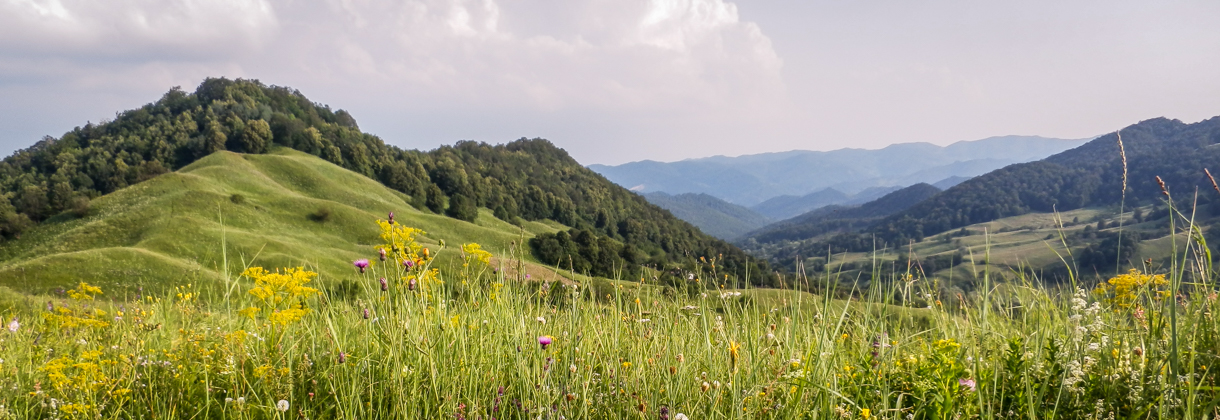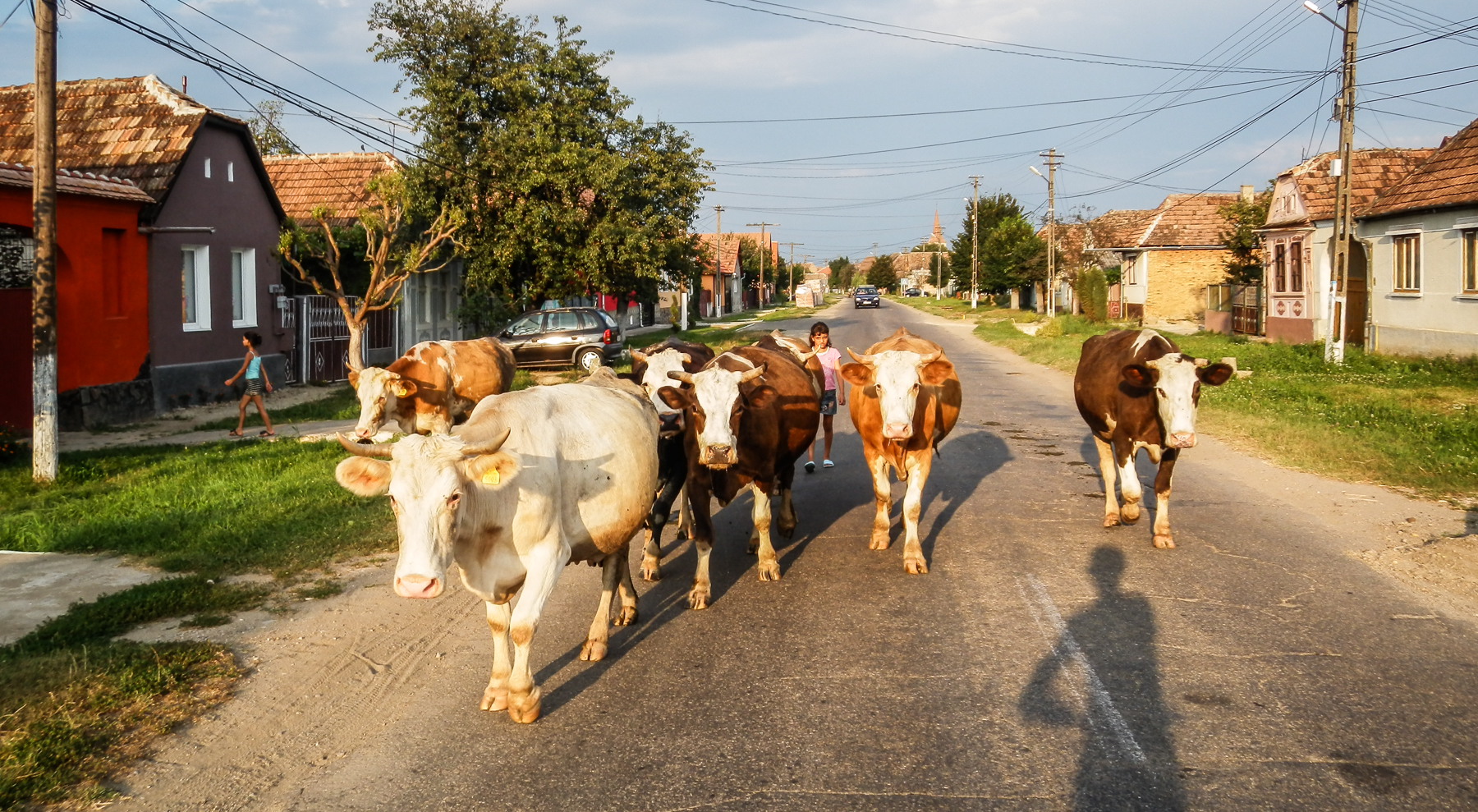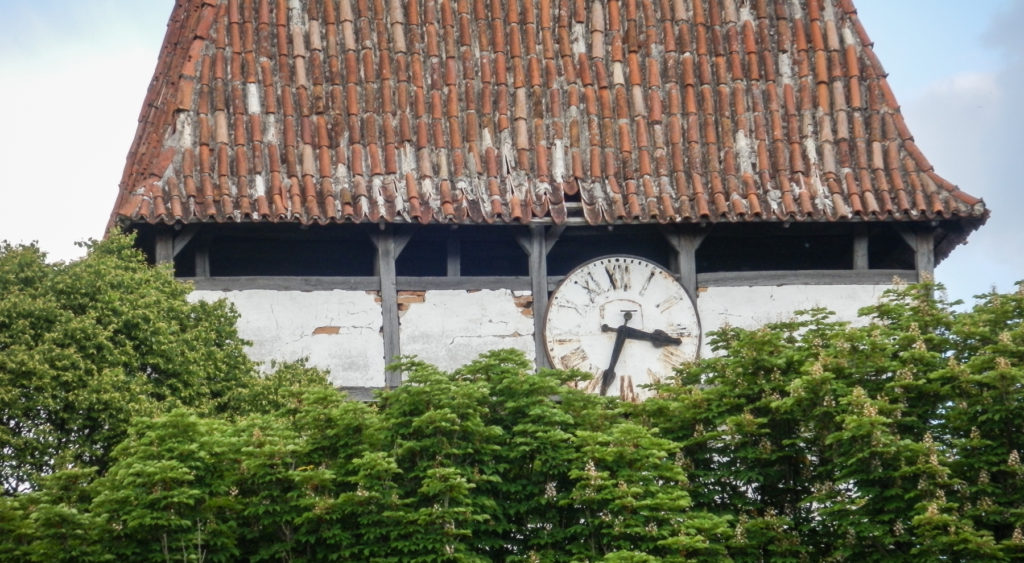Traditional life, small scale farms, incredible biodiversity, legendary castles, wild mountains and much more awaits you in Transylvania.

ABOUT TRANSYLVANIA
Where life is still close to nature
PRISTINE TRANSYLVANIA






Location
Transylvania is the region located in the northwestern part of Romania, enclosed by the bow-shaped range of the Carpathian Mountains and we are located in Cluj-Napoca, in its central part. The very name of this region takes your mind to mountain peaks towering high above the skyline, endless forests and sparkling streams. It has a rich history and for centuries it has been the home of many different people, something emphasized by the ethnical diversity that the region has today.
Transylvania is hilly, sometimes very hilly! That’s why, any trip in this region implies some climbing, but the effort will be lavishly rewarded by the wonderful landscapes and tranquil villages where life flows at avery slow pace.
Herbs and flowers diversity
Cycling Romania will take you down the winding roads, strolling past the rolling hills. In summer, the hay meadows and grasslands with their wild flowers create a dazzling show of colors. The pastures abound in species of plants, most of them extinct from Central Europe. Gentle slopes, beech, oak, and hornbeam forests, wide meadows covered in multi-coloured flower carpets, freshly mowed haystacks, bees humming, and playful butterflies - all these create the image of a fragile, ancient, almost intact universe. That's what makes the locally produced honey delicious and grants it the unique flavor.
Craftsmen
Husbandry and wood processing, activities which were intensely practiced in Transylvania, have further influenced the development of the local crafts. Coopers, carpenters and wheelwrights emerged alongside many other craftsmen who used wood as their main raw material. The craft of fur and leather tanning for winter clothes, weaving and spinning for light summer clothes were other common occupations in the past.
The advancements of technology rendered many of these activities virtually useless, but some artisans have outlasted these changes. They welcome guests and are glad to share the secrets of their work, as this is one of the things that keeps them going.
White cheese, the local specialty
Flocks of sheep and herds of cattle graze on the green hills of Transylvania. The resulting milk is of the best quality and that's why cheeses are, by excellence, part of this region’s culinary and cultural tradition. Its diversity is given by its high pastures and specific production techniques. In the alpine pastures of Mărginimea Sibiului the locals continue the ancestral tradition of telemea cheese, sour milk, burduf cheese, kneaded cheese or urda. Don't miss a visit to a sheepfold where you can taste and see how the famous cheese is made.
Fauna
The fauna is as rich as the flora; a large part of the mammals, birds, reptiles and insects are protected both nationally and internationally. Here we may see foxes, wolves, brown bears, wild boars, Carpathian stags and wild cats. Forests are resonating with the songs of birds and the meadows are buzzing with various insects.
Traditional agriculture
Due to the hilly landscape, the mechanized agriculture never became predominant in Transylvania. Small scale farming is still widespread here, with the family obtaining almost everything it needs for living from the piece of land they work. Here you can still witness carts pulled by horses, grass cut by scythe, corn or potatoes cropped by hand.
Wild mountains
A big part of Transylvania is covered by mountains, the most visited ones being Fagaras, Apuseni, Rodnei and Retezat mountains. You can enjoy steep mountain trails, glacier lakes, crystal clear rivers swarming with trout, forests populated by foxes, deer, stags, species of the black bear and felines such as the lynx, the wild cat and the European pine marten. The wide pastures, rich forests and the springs have led to the appearance of countless sheepfolds. Thus, a bike ride or a hike in the mountains is an opportunity to discover a fascinating landscape but also a good chance to get to know the locals’ well preserved, ancestral way of life.
Fortified Saxon churches
For six centuries, the south and central parts of Transylvania were inhabited by Saxons. Tens of fortified churches are spread over the villages around Sibiu and Sighisoara. There are no two identical churches, every one emphasizing a symbol of the community. The architecture and layout of the traditional Saxon village, with the church towering high, create the unique medieval aura of this region.
Birdwatching
The flora, insects and bird diversity always go together, as they are interdependent. If you are a passionate bird watcher, Transylvania is the place for you. Birds that no longer live in many parts of the continent can still be spotted here. Ancestral forests and lakes are ideal place for birdwatching.
ETHNIC DIVERSITY
Romanians, Hungarians, Saxons and Gypsies have lived together peacefully for centuries in these places and you can see it at every step. Whether we're talking about Saxon fortified churches, Romanian shepherds, Gypsy cooper craftsmen or Hungarian wood craftsmen, all of them have something specific that adds color to this land.

